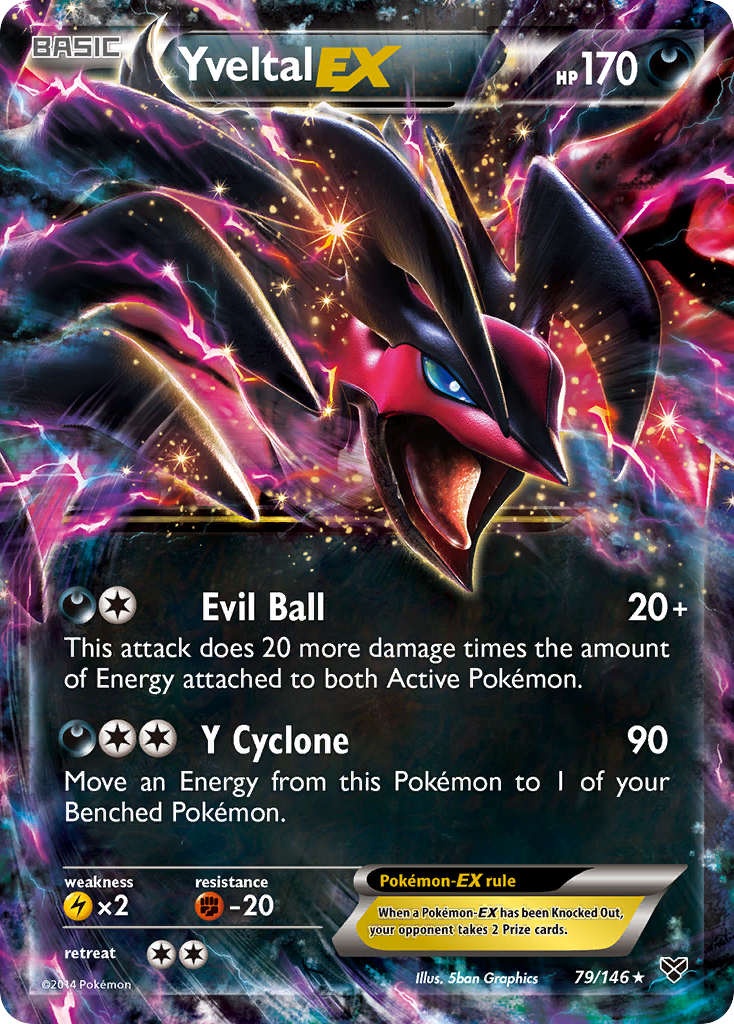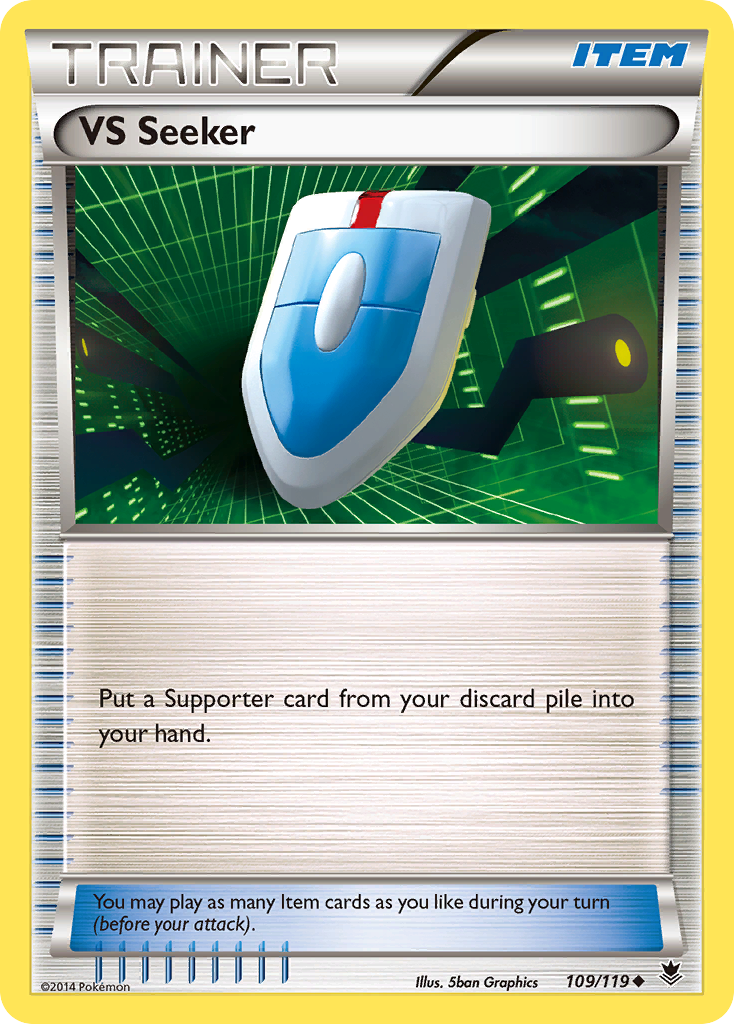Count to Four — Explaining Card Counts and Four Expanded Decks for Arizona
Hello everyone, Chris Collins returning with another article! I hope all of you are as pumped as I am to start a new season. A new season means a clean slate and another race to the top. Going into Nationals and Worlds, the format felt stale. It revolved around Night March and ways to beat it, and I didn’t have much insight on these secret decks that were knocking on our front door. Now, with the rotation, and some long awaited Expanded tournaments around the corner, expect me back in full motion. I'm hungry to win something big this season and hopefully that hunger will also reflect in my articles throughout the year.
For this article, I wanted to take it back to the basics and refresh some views on the format and how it should be played. Now, I know that most of you are in the preparation stages of big competitions to come, and while some of you are preparing for Orlando Regionals next month (with the brand new addition of Karen), I also know that some of you will be attending Phoenix Regionals - or are even attending both competitions. With our last big tournament without Karen coming rapidly towards us, I expect decks such as Night March and Flareon / Vespiquen to go out with a big bang before they will be removed from the metagame. I also expect Yveltal-EX variants to be by far the most popular archetype. Most of Arizona Regionals has been occupied by SoCal in years past, and if you know anything about SoCal or California in general, you'll know that they love their Yveltal - but enough on that. I want to talk about something I think us players need a little bit of a refresher on, and that is the optimal counts for each card in our deck.
Counting Cards with Night March
Sometimes when I'm looking at a list and see something such as one Enhanced Hammer or one Float Stone without any good way to put it in your hand, it makes me cringe a little bit. This made me want to talk about how I feel card counts should be determined. Now while most of these opinions may seem quite obvious, some may surprise you. I will be using a fan favorite, Night March, as a template and explain exactly why I have a certain count of a card. This deck is undeniably the most consistent deck in the format, and it's easy to see why. With powerful search options and leaving room to play an off Supporter (such as Hex Maniac, Lysandre, etc.) while still playing an adequate turn makes the deck a utility monster as well as highly aggressive and fast. While the deck was more critically acclaimed in last year's Standard format, make no mistake: it's almost as impactful in Expanded, and that's the version I will be covering here. Rather than simply showing a deck list and explaining my inclusions, I'll be going into detail on the counts of each card, and why they fit.
Pokémon (17)
Trainers (39)
- 3x Professor Juniper (PLF #116)
- 1x N (NVI #92)
- 1x Lysandre (FLF #104)
- 1x Hex Maniac (AOR #75)
- 1x Teammates (PRC #141)
- 1x Ghetsis (PLF #101)
- 4x VS Seeker (ROS #110)
- 4x Ultra Ball (PLF #122)
- 4x Battle Compressor
- 4x Trainers' Mail (AOR #100)
- 4x Puzzle of Time (BKP #109)
- 1x Fighting Fury Belt (BKP #99)
- 1x Float Stone (PLF #99)
- 1x Escape Rope (PLS #120)
- 1x Startling Megaphone (FLF #97)
- 1x Captivating Poké Puff (STS #99)
- 1x Special Charge (STS #105)
- 1x Town Map (BCR #136)
- 1x Life Dew (PLF #107)
- 3x Dimension Valley (PHF #93)
Energy (4)
- 4x Double Colorless Energy
Four Copies of a Card: The Essentials
When you are playing four copies of a card, at least one of three statements needs to be true.
You Want this Card in Virtually Any Opening Hand and it's a Crucial Card for Your Setup
Cards such as Battle Compressor, Ultra Ball, and Trainers' Mail are the main cards that fit into this category, as all of these are more than welcome in an opening hand and will even see play throughout almost every stage of the game. Other cards that can be included in this category are Korrina, Professor Juniper, and Max Elixir.
This Card's Impact is so Game-Changing that You Can Easily See Yourself Playing All Four Copies of this Card in a Game
The two main cards that fit under this category are VS Seeker and Puzzle of Time as they play a role of recovering crucial cards and have cover a broad enough range of cards to merit the full four. Having these cards in your hand in almost any situation could be the difference between a win and a loss; knowing how often these situations may occur merits the full count in and of itself. Some other cards that can be included in this list are Dark Patch, Hypnotoxic Laser, and Crushing Hammer.
The Card is so Essential to your Strategy that Nothing but Four Copies will Suffice
Of course, the main targets of this statement are your Night March Pokemon, but it also applies to Double Colorless Energy. Running any less than four copies of this card will easily question your sanity. To ensure the maximum output for the deck, may it be in damage or in consistency or functionality, four is a recommended number for these cards to say the least. Other cards that may fit under this category are main attackers (not all of them), a crucial Stadium such as Dimension Valley or Sky Field, and other Special Energy such as Rainbow Energy. While there are some main attackers that you do not want four copies of, such as Seismitoad-EX, Landorus-EX, and Yveltal-EX, keep in mind they all have two things in common. They all have alternate attackers behind them and they are all Pokemon-EX. If three Pokemon-EX get KOd, you lose the game. If you are also running some sort of recovery tool such as Super Rod, there is no reason you should run more than three Pokemon-EX attackers unless it applies to one of the other categories above.
Three Copies of a Card: Still Important
These cards typically fall under one of two categories.
They are Cards that Ideally You Would Play Four of, but can be Cut if Space is Needed
The card that resembles this in my Night March list is Professor Juniper. While I view this as a powerful card that I can see myself playing all four copies of and would like to see in an opening hand, playing four of them isn't necessary and one copy can be cut to fit in a tech. Missing one of these cards usually won't make a huge impact on the game. Other cards that may fit into this category include Trainers' Mail, Battle Compressor, and Energy Switch.
They are Cards that Should be Seen Often, but not in Every Hand
Shaymin-EX, in this deck in particular, fits under this category perfectly. While Shaymin-EX will help you dig for certain cards in dire situations, it isn't necessarily needed - or even wanted - in every turn / hand of the game. Running four of this card also increases the risk of starting with it, so that right there is a situation where you wouldn't want Shaymin-EX in every hand. The other card that fits under this category, Dimension Valley, is also a card that I see as necessary, but not as something I need in every hand as it could take the place of a card I need. Other cards that may fit under this category include Float Stone, Fighting Fury Belt, or a crucial Pokemon that plays a secondary role such as Vileplume or Crobat.
This concludes the public portion of this article.
If you'd like to continue reading, consider purchasing a PokeBeach premium membership! If you're not completely satisfied with your membership, you can request a full refund within 30 days.
Each week we post high-quality content from some of the game's top players. Our article program isn't a corporate operation, advertising front, or for-profit business. We set our prices so that we can pay the game's top players to write the best content for our subscribers. Each article topic is carefully selected, goes through multiple drafts, and is touched up by our editors. We take great pride in our program!



